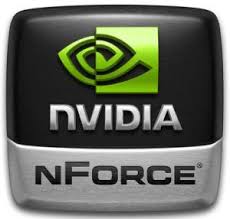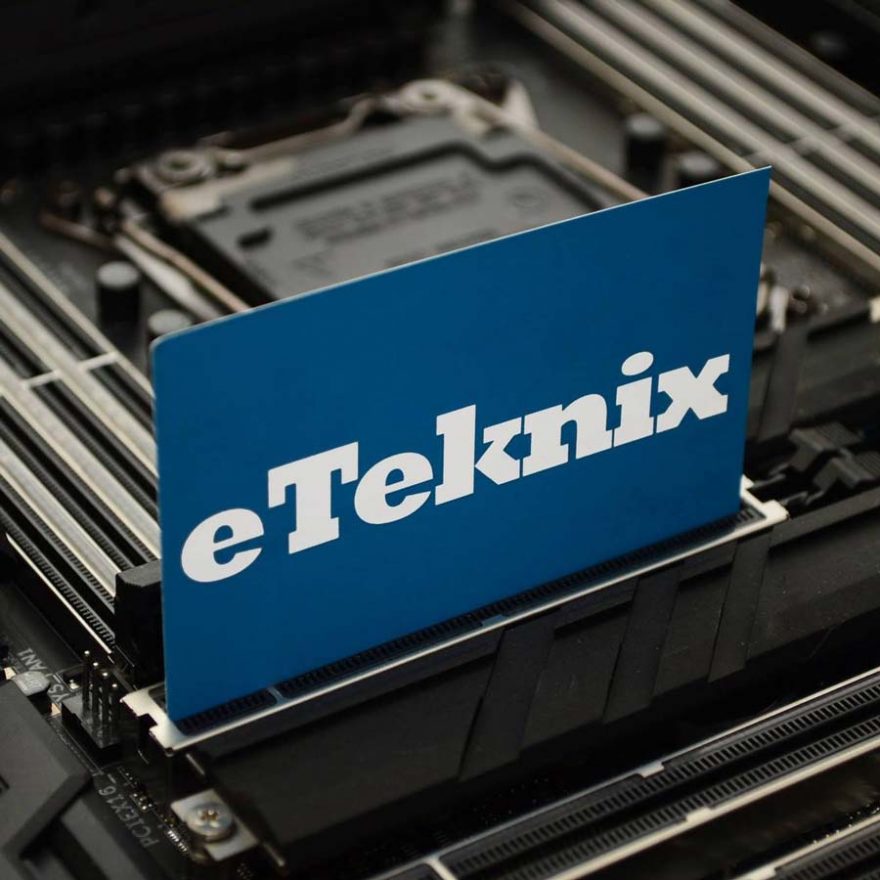Intel Licences AMD Graphics
Ashley Allen / 7 years ago

Intel has agreed on a deal with AMD to feature the company’s graphics technology alongside its CPUs, according to a new report from Fudzilla. The deal, which has been rumoured for some months, will see AMD replace NVIDIA, Intel’s previous graphics partner. NVIDIA’s deal with Intel ended on 17th March, 2017. “We can confirm rumours that Intel has […] written a cheque to licence AMD’s graphics,” writes Fudzilla’s Fuad Abazovic.
NVIDIA’s Acrimonious Relationship with Intel
It comes as no surprise that Intel has opted for a deal with AMD, rather than extend its existing deal with NVIDIA. Seven years ago, NVIDIA sued Intel, accusing its partner of anticompetitive practices and licencing of the nForce chipset. Intel settled the case with a $1.5 billion payment over five years. When it came to agreeing on a new graphics deal, AMD was the only option that remained.

AMD Graphics Deal in the Works Since December 2016?
HardOCP Editor-in-Chief Kyle Bennett first reported the rumoured deal between Intel and AMD in December 2016. “The licensing deal between AMD and Intel is signed and done for putting AMD GPU tech into Intel’s iGPU,” Bennett reported on 5th December.
Official Announcement?
Until we have official confirmation from either party, the above report remains a rumour. We do know, though, that AMD is hosting a special event tomorrow to discuss its future. Vega, Zen 2, and Navi will feature at the Sunnyvale event on 16th May, so what better time for AMD to announce its new deal with Intel?



















